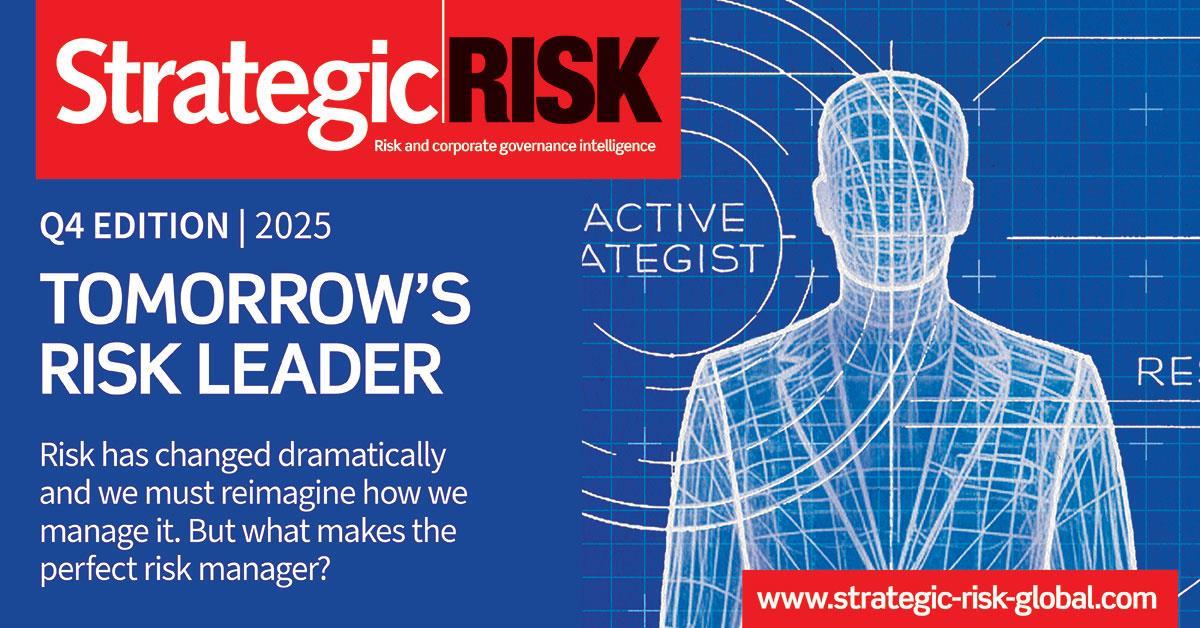Risk professionals and insurers must upskill urgently to unlock the full potential of artificial intelligence and avoid being left behind, experts told the Airmic conference.
The effective use of artificial intelligence (AI) could transform risk management—but only if risk managers, underwriters and insurers act quickly to build the skills and understanding needed to seize its benefits.
That was the message from a panel of industry leaders at the Airmic annual conference in Liverpool, who warned that AI is advancing faster than many professionals are ready for.

Risk must be built into system design
Jim Wetekamp, CEO of software provider Riskonnect, said technology offers an opportunity to reframe how risk is handled—but only if the risk function is embedded from the start.
“The most cost-effective moment to handle the risk is just before it happens. The most expensive is a long time after it has occurred,” he said.
“When it comes to the design of the technology systems you are looking to implement you have to put risk at the front of the line. The risk manager has to be a part of the way in which a system is designed, how the process is deemed to work and how it will impact on the risk function.”
“You need to ensure that you can get ahead of the risk rather than looking to fix it after it occurs,” he continued.
AI insights must be matched with human intelligence
Johnty Mongan, global head of cyber risk management at Gallagher, described how AI is already enhancing his firm’s ability to scan for cyber vulnerabilities.
“AI then processes the data to identify any hotspots and is updated daily. The sheer volume of data means that the use of AI enables us to identify any particular hotspots,” he explained. “What we find is that companies in particular lines of business tend to face similar challenges.
“Take the recent events which has impacted so well known retail brands. Many will use the same technology and with it face the same vulnerabilities and as we have seen a hacking group have found that vulnerability and have used it to attack multiple systems.”
Training and upskilling are now essential
Cécile Fresneau, managing director, insurance at QBE, said that AI adoption requires a new mindset across the sector.
“What is clear is there is a need for education for the staff we have as these systems are implemented,” she added. “We will see new roles created as the use of AI and technology increases. We will need new skills.”
Ben Fidlow, global head of core analytics at WTW, agreed that the sector must take a more intentional approach to data use.
“You should be using everything we have at our disposal. There is now so much data available, but we need to be asking the right questions when it comes to the risks, and how we can identify those risks.
“People may think that AI will do everything, but it is not the case. What need to be created is a clear data strategy. You need to have a view as to what you want to do with data rather than a reactive view of what the data can tell you.”
Insurtech collaboration can bridge the gap
Melissa Collett, CEO of the trade association Insurtech UK, said that traditional insurance models could benefit greatly from closer partnerships with more tech-savvy firms.
“Without doubt the insurtech sector can help fill this skills gap,” she added. “The sector contains more highly skilled and technology aware staff than the traditional insurance sector.
“If there is more collaboration between the two insurers will be better equipped to implement AI and technology systems to deliver greater insight, analytics, and efficiencies. It will need new ways of operating and new roles which will require skills which have not been previously required.
“However, there is also a role for government. AI is set to be taught in schools which is a huge plus, we know that there will be new skills needed as technology looks to deliver new abilities around how best to manage risks and resilience.”
Technology already changing risk relationships
Mongan noted that technology was already reshaping how risk managers and insurers interact—particularly in cyber.
“You look at cyber cover and you will see most insurance policies will come with a risk management solution for cyber risks,” he added. “The message around the need for risk management and resilience is beginning to resonate with risk managers and company leadership teams. Technology can really support those efforts to make operations more resilient.”
Wetekamp concluded by highlighting a positive shift in the way risk managers respond to shared challenges.
“If you look at the Covid pandemic when it became necessary for businesses to operate remotely all the risk managers came up with different answers to the questions around the risks,” he added. “If it was to happen today 75% of risk managers would adopt the same approach to those risks, rather than the individual answers.”
BLOG: Airmic Conference 2025 Daily News Summary

Stay tuned - live reporting from the Airmic Conference this week - all in one place
- 1
- 2
- 3
- 4
 Currently
reading
Currently
reading
Airmic 2025: AI will demand new skills from risk managers and underwriters
- 6
- 7
- 8
- 9
- 10
- 11
- 12
- 13
- 14
- 15
- 16













































No comments yet